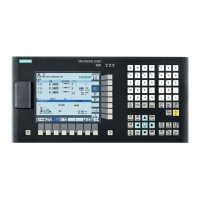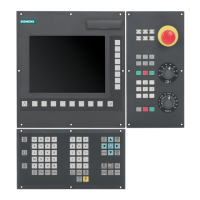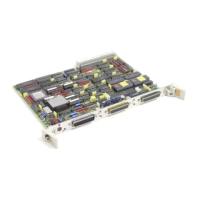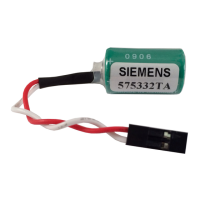Programming and Operating Manual (Milling)
6FC5398-4DP10-0BA6, 09/2017
117
The
tool length compensations
are effective
once the tool is active - if no D number has been programmed -
with the values of D1.
The offset is applied with the first programmed traverse of the respective length offset axis. Observe any active G17 to G19.
A
must also be activated by G41/G42.
Tool change
(only with T):
; Determines the length offset axis (h ere Z axis)
; Tool 1 is activated with the associated D1
; For G17, Z is le ngth offset axis, the length offset comp ensation is
overlaid here
; Load tool 4, D2 from T4 is active
; D1 for tool 4 active, only cutting e dge changed
Tool change using the M6 command:
; Determines the length offset axis (h ere Z axis)
; Tool change, T1 is active with the a ppropriate D1
; For G17, Z is le ngth offset axis, the length offset comp ensation is
overlaid here
; D2 for tool 1 is active; for G17, Z is length offset axis, the diffe r-
ence of the D1->D2 length offset is overlaid here
; T4 tool preselection; note: T1 with D2 is still active !
; Tool change, T4 is acti ve with the appropriate D3
Contents of a compensation memory
Enter the following in the offset memory:
● Geometrical dimensions: length, radius.
They consist of several components (geometry, wear). The control system computes the components to a certain
dimension (e.g. overall length 1, total radius). The respective overall dimension becomes effective when the
compensation memory is activated.
How these values are calculated in the axes is determined by the tool type and the commands G17, G18, G19 (see
following illustrations).
● Tool type
The tool type (drill, cutter) defines which geometry data are necessary and how they are taken into account.

